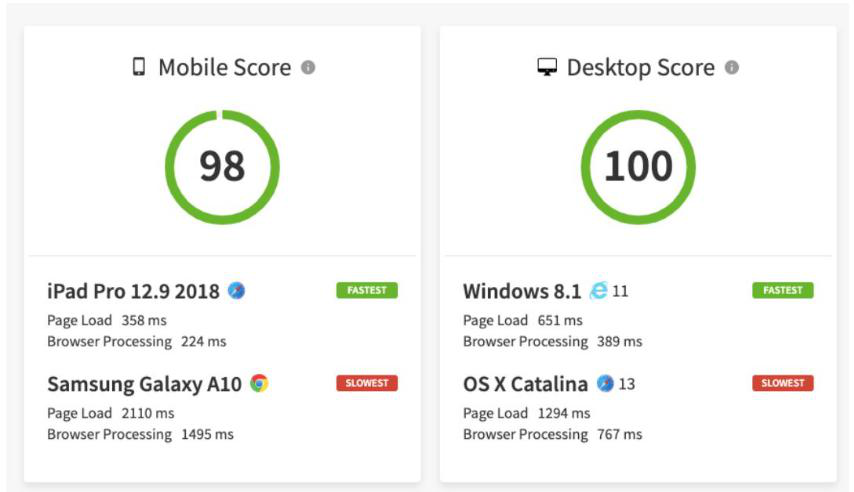Guide to Voice Search Optimization
As voice assistants like Google Assistant, Siri, and Alexa become more prevalent, voice search optimization is an essential SEO strategy for businesses. Nearly 50% of searches are expected to be voice-based, driven by the increasing adoption of smart devices and mobile assistants. To stay competitive, businesses need to adapt their SEO practices to cater to these conversational queries. This guide covers key strategies and tactics to optimize your website for voice search.
Why Voice Search Optimization Matters
Voice search is transforming the way people interact with search engines, introducing new behaviors that differ from traditional text-based searches:
- Conversational Tone: Unlike text searches, which tend to be short and keyword-focused (e.g., “best pizza Bangalore”), voice searches are often longer and more conversational (e.g., “What’s the best pizza place in Bangalore”)
- Local Intent: Many voice searches are local, with users asking for directions, operating hours, or nearby services (e.g., “pizza places near me”)
Google reports that mobile voice-related searches are 3x more likely to be local-based
- On-the-Go Users: With the rise of mobile devices and smart speakers, people often use voice search while multitasking, making quick, accurate answers critical
Voice search is not just a trend—it’s becoming an integral part of daily life. Optimizing for voice search means not only improving your SEO but also enhancing your customer experience.
Key Strategies for Voice Search Optimization
1. Target Long-Tail and Conversational Keywords
Voice search queries are usually longer than typical text queries, as users tend to speak in full sentences. To optimize for these searches, you need to focus on long-tail keywords that mimic natural speech patterns.
- What to Do: Conduct keyword research focusing on question-based phrases like “how,” “what,” “where,” and “why.” Tools like AnswerThePublic can help identify common queries your audience might ask in conversational tones.
- Example: Instead of targeting “best restaurants,” optimize for phrases like “What are the best restaurants in downtown Boston?” Incorporate these keywords naturally into your content.
2. Optimize for Featured Snippets (Position Zero)
Most voice search answers come from featured snippets, also known as “position zero” results. These are the brief, direct answers that appear at the top of search engine results pages (SERPs), which voice assistants often pull answers from.
- What to Do:
- Create content that directly answers frequently asked questions (FAQs).
- Use structured content like lists, tables, and concise paragraphs.
- Ensure your answer is clear, concise, and provides value. Aim for around 40-50 words, as this is the typical length of a featured snippet.
- Example: If your target query is “How to fix a leaky faucet,” write a step-by-step guide that provides a clear answer in the first paragraph and expands on details throughout the article.
3. Focus on Local SEO
Since many voice searches are local in nature, optimizing for local SEO is crucial. Users often ask their devices for nearby business recommendations or directions, so it’s essential to ensure your business is visible in local search results.
- What to Do:
- Optimize your Google Business Profile (formerly Google My Business) by ensuring that your business name, address, and phone number (NAP) are accurate and consistent across all platforms.
- Add location-based keywords to your content, meta descriptions, and titles.
- Encourage customer reviews, as voice search often highlights businesses with high ratings.
- Example: Include specific local keywords such as “best coffee shop in downtown Miami” in your meta descriptions and headings.
4. Improve Website Loading Speed
Page speed is critical for voice search SEO, as users expect quick answers when they use voice commands. Google’s algorithm favors fast-loading websites, and since voice searchers are often mobile users, website speed plays an even bigger role.

- What to Do:
- Use Google PageSpeed Insights to test your site’s performance and identify areas for improvement.
- Optimize images, enable browser caching, and minimize CSS and JavaScript to enhance page speed.
- Example: Compress large images and switch to faster hosting services if needed to ensure your website loads quickly on both desktop and mobile devices.
5. Implement Schema Markup
Schema markup, or structured data, helps search engines understand your content better. By adding structured data to your website, you increase the likelihood of your content being used in voice search results.

- What to Do:
- Use Schema.org to implement structured data on your website, particularly for FAQs, products, services, reviews, and local businesses.
- Pay special attention to FAQ schema, which directly addresses many of the queries used in voice searches.
- Example: If your business is a restaurant, implement schema markup that includes business hours, menu items, and customer reviews.
6. Optimize for Mobile and Voice Search-Friendly UX
Since most voice searches are performed on mobile devices, having a mobile-friendly website is essential for voice search optimization.
- What to Do:
- Ensure your website has a responsive design that works well on all devices, particularly smartphones.
- Make your content easy to read with clear headings, bullet points, and short paragraphs.
- Create voice-friendly content by using conversational language and focusing on user intent.
- Example: Instead of writing dense paragraphs, break up your content into digestible sections that answer potential voice queries directly.
7. Create FAQ Pages
FAQ pages are particularly effective for voice search optimization. Since users often ask questions in their voice searches, creating a page that directly answers common queries can help your site appear in voice search results.

- What to Do:
- Build a comprehensive FAQ page that covers a range of questions related to your business or industry.
- Structure your answers clearly, aiming to provide concise responses in the first sentence.
- Example: If you run a fitness center, create an FAQ section answering questions like “What are the best exercises for weight loss?” or “How do I sign up for a gym membership?”
The Role of AI in Voice Search
Artificial intelligence (AI) plays a crucial role in the success of voice search. Voice assistants like Google Assistant, Siri, and Alexa use natural language processing (NLP) and machine learning to understand spoken queries and deliver the most relevant results. As AI becomes more advanced, it will continue to shape how businesses approach voice search optimization.
- What to Expect:
- AI-powered tools will make it easier for businesses to identify voice search trends.
- Conversational AI will improve the accuracy of voice search results, providing more personalized and context-driven answers.
Conclusion
Voice search is rapidly changing the way users interact with search engines, making it essential for businesses to optimize their websites for this growing trend. By focusing on conversational keywords, improving local SEO, optimizing for featured snippets, and implementing schema markup, you can position your business to succeed in the voice search landscape. With these strategies, you’ll not only enhance your visibility in voice search results but also improve the overall user experience for your audience.
As we move into 2024, businesses that prioritize voice search optimization will gain a significant advantage, capturing the growing number of voice search users and driving more traffic to their websites.


